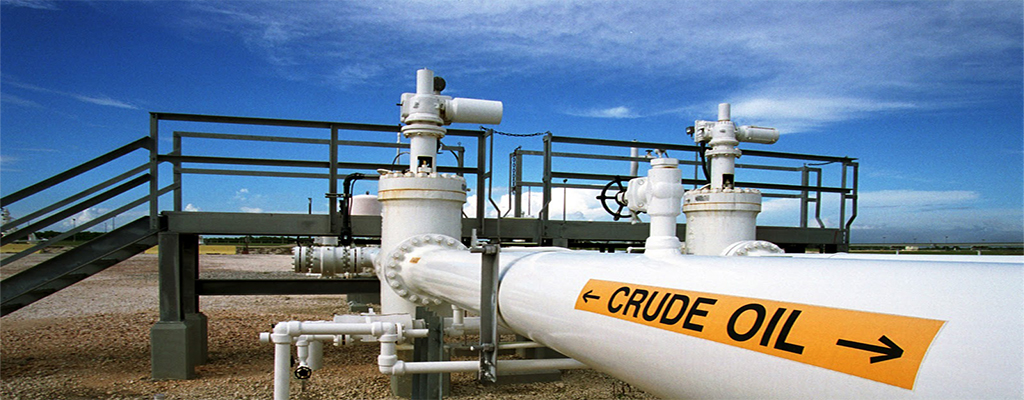Oil prices steadied in Asian trading on Wednesday, as traders weighed uncertainty surrounding developments in the Middle East conflict against continued bearish fundamentals.
Brent crude futures gathered 11 cents, or 0.14%, to $77.29 U.S. a barrel early in the session. U.S. West Texas Intermediate futures
rose three cents to $73.60 a barrel.
Prices had plunged more than 4% in the previous session on a possible Hezbollah-Israel ceasefire, but markets remain wary of a potential Israeli attack on Iran’s oil infrastructure.
The selloff in the Tuesday session followed a rally that began after Iran launched a missile barrage at Israel on Oct. 1, culminating in an 8% gain on the week on Friday, the largest in over a year.
Hezbollah officials on Tuesday appeared to back off from a truce in Gaza as a condition for a ceasefire in Lebanon. Hezbollah’s deputy leader Naim Qassem said he backed attempts to secure a truce in a televised speech, the first time the end of the war in Gaza was not mentioned as a pre-condition.
Weak demand continued to underpin the fundamental outlook. The U.S. Energy Information Administration on Tuesday downgraded its 2024 forecast for global oil demand growth by 20,000 barrels per day (bpd), to 103.1 million bpd, because of weaker industrial production and manufacturing growth in the U.S. and China.
Hurricane Milton, one of the most intense Atlantic hurricanes on record, is expected to make landfall on Florida’s Gulf Coast on Wednesday, potentially disrupting gasoline supply to the third-largest consuming state in the U.S.

